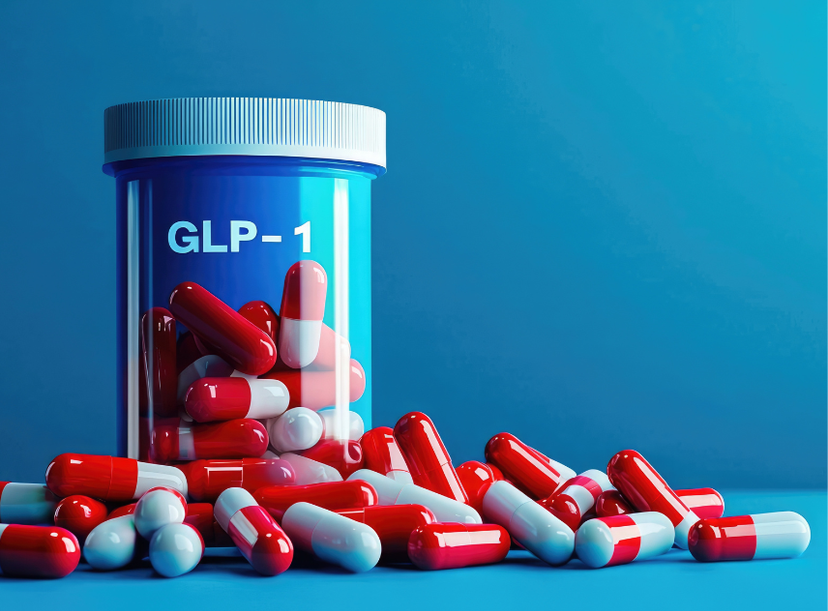GLP-1 unpacked – Evaluating benefits, limitations and future clinical directions
Guest editorial features key takeaways from Balancing the Future Podcast, by METTLER TOLEDO
15 Jul 2025In the last episode of the podcast Balancing the Future, hosted by Chai Nussbaumer and Micah Schweizer from Mettler Toledo, Ben Locwin, Vice President of Reliant Life Sciences and an expert in clinical services, joined as a guest to unpack the fascinating journey of GLP-1 receptor modulators. Originally developed in the 1970s to treat diabetes, these drugs — such as Ozempic®, Wegovy®, and Mounjaro® — have become headline-makers for their ability to induce significant weight loss.

Ben Locwin, Vice President of Reliant Life Sciences
Understanding GLP-1 drugs
GLP-1, or glucagon-like peptide-1 receptor modulators, mimic natural hormones that regulate insulin and appetite. Ben explained that while these medications were first designed for blood sugar control, researchers quickly realized their powerful potential for weight loss. Unlike older stimulant-based weight loss drugs that often caused adverse effects, GLP-1 drugs work primarily through the gastrointestinal system to suppress appetite with a better safety profile.
Weight loss and lifestyle: Complementary approaches
Locwin emphasized that GLP-1 drugs offer a non-surgical method for rapid and substantial weight loss, often 15–20% or more body weight reduction. However, sustained success typically requires lifestyle modifications including diet and exercise, as weight regain can occur if medication stops without behavioral changes. Thus, these drugs best complement, rather than replace, healthy lifestyle interventions.
Adverse effects and patient considerations
Common adverse effects such as nausea and diarrhea affect some patients and can lead to discontinuation of therapy. Locwin noted the variability in individual tolerance, underlining the need for medical guidance and monitoring.
Supply chain and ethical considerations
The podcast discussion highlighted how soaring demand has strained manufacturing capacity, with contract manufacturing organizations dedicating large portions of their output to GLP-1 drugs. This shift raises ethical questions around prioritizing supply for diabetes patients versus those seeking treatment for obesity or cosmetic weight loss. The balance is complex, as obesity carries its own serious health risks.

The black and gray market risks
Locwin warned about the proliferation of counterfeit GLP-1 drugs in unregulated markets, posing significant dangers to patients who might unknowingly use ineffective or harmful products.
Sustainability and delivery innovations
GLP-1 therapies primarily use single-use injectable pens, contributing to medical waste challenges. The pharmaceutical industry is exploring alternatives such as oral formulations, sublingual dissolvables, and transdermal methods to improve sustainability and patient convenience, though scientific hurdles like bioavailability remain.
Expanding potential uses
Emerging research suggests GLP-1 drugs might effectively treat chronic kidney disease, liver conditions, and certain cardiac diseases. Additionally, preserving lean muscle mass during weight loss is a key area of focus to improve patient outcomes.
A vision for future innovators
Locwin concluded with advice for aspiring pharmaceutical professionals: the future is unpredictable, but with innovation and dedication, they can drive transformative advances in healthcare, ensuring therapies like GLP-1 drugs continue to evolve safely and effectively.
Conclusion
This episode of Balancing the Future offers valuable insight into the multi-dimensional impact of GLP-1 receptor modulators — from their scientific basis and clinical benefits to supply, ethical, and environmental challenges. As these therapies develop, they exemplify the dynamic interplay between medicine, technology, and society’s evolving health needs.
